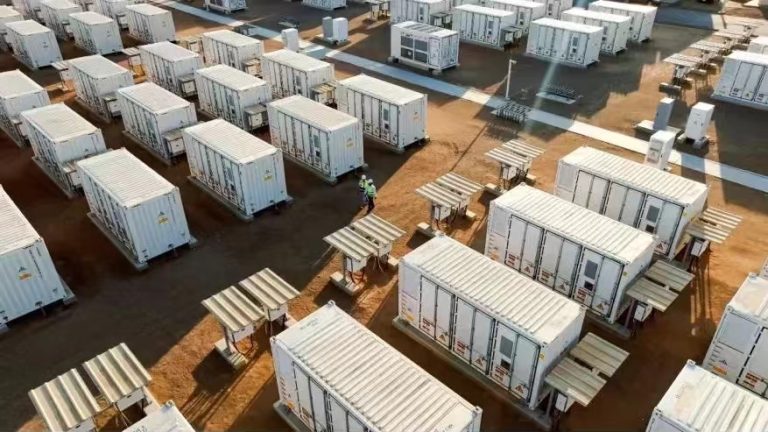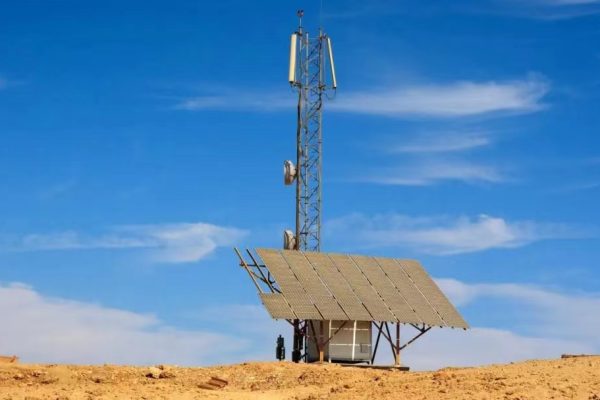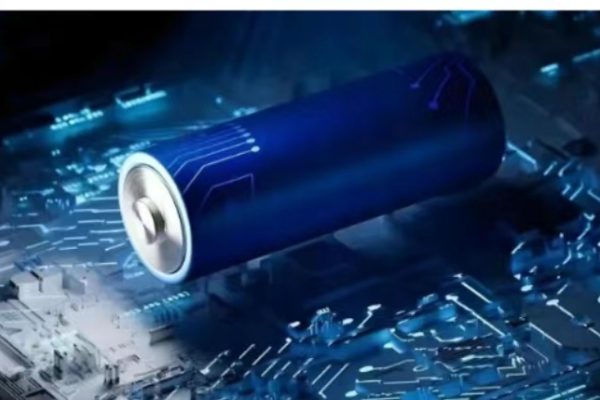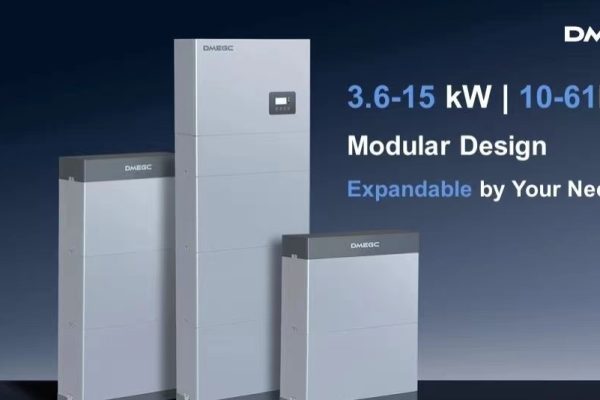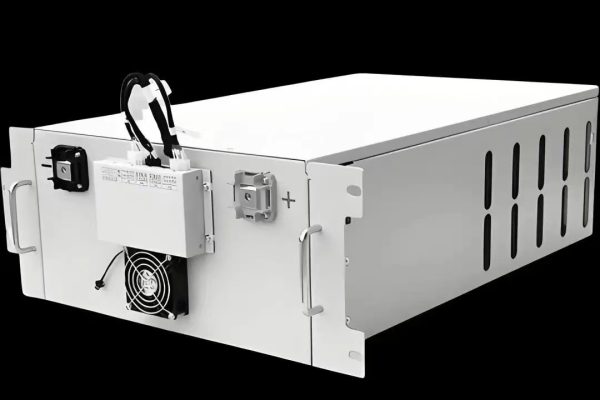Delivering Smart Solutions Without Adding Unnecessary Complexity
1. Why Customization Is Valuable—But Risky
In the world of small-scale energy storage and PV+ESS solutions, customization is often a key selling point. Many customers—especially those in emerging markets or niche commercial sectors—don’t want “off-the-shelf” systems. They want:
- Cabinets that fit tight spaces
- Systems that support local loads
- Flexible battery capacities
- Specific communication protocols
- Local grid compatibility
However, customization comes with a risk: over-engineering.
Too often, solution providers go beyond what’s truly necessary, resulting in:
- Longer lead times
- Higher costs
- Difficult installation or maintenance
- Delayed responses and project fatigue
This article explains how to balance customization and simplicity, delivering the right value with the minimum complexity.
2. What Is Over-Engineering in Energy Projects?
Over-engineering means adding features, complexity, or options beyond what the project requires. In our context, this could look like:
- Using oversized hybrid inverters when loads are simple
- Designing cabinets with 10+ ports when only 2 are needed
- Adding custom EMS software when a basic APP would suffice
- Specifying redundant control boards or protocols
- Requesting exact case color matches with minimal impact
While the intent is good (serving the client well), over-engineering often wastes time and resources. Worse, it can confuse end users, especially in residential or small C&I markets.
3. Key Principle: Customize the System, Not the Product
The biggest mistake is thinking that customization means rebuilding the product.
Instead, smart providers:
- Use modular designs that scale or combine easily
- Customize system layout, not internal hardware
- Offer pre-wired kits or quick-setup accessories
- Maintain core standard SKUs for inventory and support
For example:
Instead of building a new hybrid inverter to support two language protocols, offer an inverter with dual-language interface settings already built-in—or pair it with a known-compatible gateway.
This approach keeps engineering and logistics simple, while still offering flexibility at the system level.
4. What Customers Actually Want in Customization
Many small clients don’t need something unique—they need something reliable that fits their use case. From our field experience, here’s what most SME or residential buyers mean when they say “custom”:
| Customer Request | What They Actually Need |
|---|---|
| “I want a 12kW inverter” | Actual load needs may require only 5kW + battery |
| “I need cabinet storage” | Looking for tidy installation and IP rating |
| “Can I use this with three-phase loads?” | May only require a split-phase system |
| “Can you match my roof space?” | Just need optimized PV panel layout |
Your value is not in reinventing hardware—but in interpreting real needs and building an appropriate configuration using proven components.
5. Practical Strategies to Offer Smart Customization
Here’s how experienced technical trading partners keep customization lean and valuable:
🔧 1. Pre-define Customizable Modules
Instead of open-ended customization, prepare:
- 2–3 cabinet formats (wall-mount, rack, floor)
- 2–3 battery voltage options (48V, 100V, HV)
- 3–5 inverter sizes (3kW, 5kW, 10kW, 15kW…)
- Add-on accessories (BMS gateway, CT clamp, PV optimizer)
Let the customer choose from structured, modular choices.
📊 2. Create Application-Based Templates
Rather than offering “custom design,” offer:
- Templates for rural homes, urban homes, workshops
- Suggested designs with specs, layout, SLD, cabling
- Clear explanation of what’s fixed and what’s flexible
This builds confidence, speeds decision-making, and avoids technical misunderstanding.
🧩 3. Use Standard Products with Adaptable Interfaces
Choose suppliers with inverters, batteries, or BMS that support:
- Wide PV input voltage
- Multiple protocols (MODBUS, CAN, RS485)
- Flexible control logic
- Expandable battery ports or cloud-based EMS
This makes it easier to fulfill varying requests without custom development.
🤝 4. Set Boundaries: Customize with Purpose
It’s okay to say no to requests that:
- Require re-certification or lab testing
- Involve new casing or tool design for small orders
- Add weeks of delay without ROI
Instead, offer alternatives and explain why. Customers will respect your honesty and appreciate faster delivery.
6. The Hidden Benefit: Easier After-Sales Support
When you avoid over-engineered systems, you also simplify:
- Installation time
- On-site troubleshooting
- Documentation management
- Inventory planning
- Remote support and updates
Especially for overseas projects, simplicity is service.
7. Case Insight: Customized Without Redesign
One of our export clients needed a PV+ESS system for a small bakery in Africa. Their request:
- 5kW inverter
- 15kWh battery
- Built-in Wi-Fi control
- Fits under a staircase
Rather than redesign anything, we delivered:
- A wall-mount hybrid inverter with app control
- Two 7.5kWh stackable LFP modules
- IP54 cabinet with airflow fans
- Clear install template and remote setup guide
Zero new R&D, but highly customized in feel.
8. Recent Related Articles
- 👉 What Customers Really Want from a Residential Energy System
- 👉 Comparing Low-Voltage and High-Voltage Inverter Solutions
- 👉 Understanding the Basic Layout of a Home ESS
9. Final Thoughts: Customization as Communication
Offering the right customization is about understanding project goals, not just changing products. It requires:
- Listening well
- Knowing what’s essential
- Using flexible, proven designs
- Offering confident guidance
As a technical trade partner, you’re not expected to invent new systems—you’re expected to assemble the right ones with speed, clarity, and practicality.
That’s your real value in this market.





